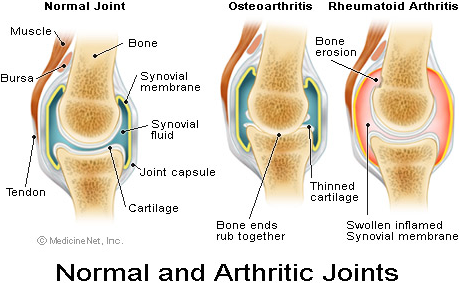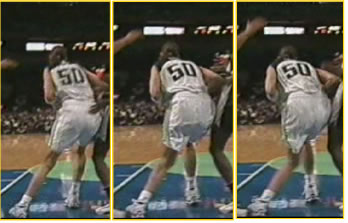Arthritis
Arthritis
- Deterioration of the joints over time
- Osteoarthritis occurs when some combination of mechanical wear and
biochemical degradation erodes the articular cartilage
- It is a localized effect most common in knees and hips
- Damage to articular cartilage may be caused by normal wear,
disease, or trauma
- Damage may be direct or due to changes in the subchondral bone
- May also be caused by altered joint mechanics
- ie change in gait due to ankle fusion leads to arthritis in the
knee
- Damage may be caused by systemic disease

Soft tissue damage

- Traumatic loads may cause ruptures of ligaments, tendons, and the
menisci
- Damage may occur in the ligament/tendon itself or in the attachment
point to the bone or muscle
- May be entirely within the bone
- The nature of the injury can depend on the rate of loading
- Tendons/ligaments exhibit viscoelastic behavior
Repair
- Musculoskeletal system has an extraordinary ability to repair itself
(if the damage is not too severe)
- Bone is continually “damaged” and continually repairs itself
- Damage may be related to the adaption process and necessary to
maintain bone density
- Self repair varies with site, tissue, and extent of the injury
- Bone is good at self repair
- Muscle, tendon, and ligament are not as good at self repair
- Severe damage may necessitate medical or surgical intervention

